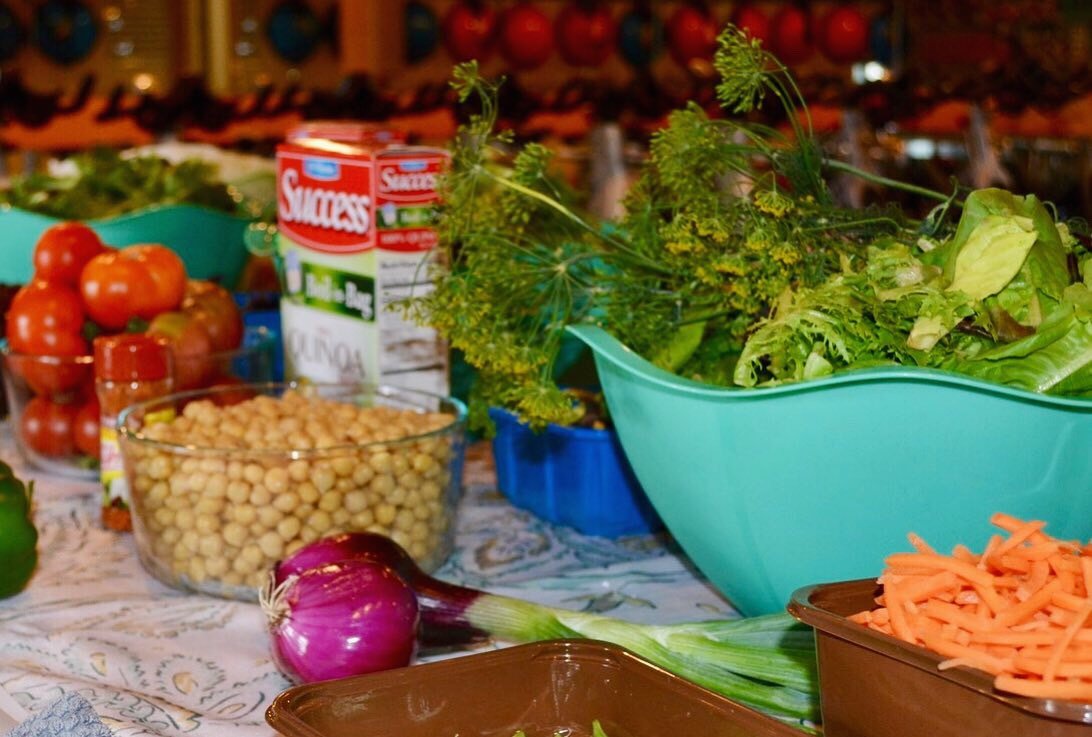After a high-fiber meal, do you feel like your stomach is full of air? Well, you can thank your gut microbes for that! The gut microbiome is the group of bacteria and fungus that live in our digestive tract. Feeling bloated may not be very appealing, but the bacteria in your intestines are very significant. They make vitamins, break down dietary fiber, and help regulate normal functions of the immune system. We might not think much of it, but the microbiome is an integral part of the body. In fact, there are about 100 trillion cells in your microbiome, which is 10 times the number of cells that make up the human body!
Usually, the words "bacteria" and "fungus" come with bad news, but the ones accepted by our bodies can be very beneficial to us. The bacteria that is safe for our gut is determined by a few different factors. First, when we are born, our microbiome is taken from the microbes our mother has. We continue to gather more healthy bacteria from breast milk, contact with the environment, and the foods we eat. By the age of three years old, the microbiome begins to resemble that of a full-grown adult. Different events can disturb the gut bacteria, causing risk for diseases, such as infectious illnesses, improper diets, or the prolonged use of antibiotics. We want to keep our gut happy and healthy so it can work with us and not against us.
The microbes in our gut are essential for a variety of reasons. Our gut bacteria can aid in drug metabolism, nutrient breakdown and prevents infestation of bad bacteria. In our intestines, the microbiota will break down fiber that we can't, which gives the bacteria fuel and will make necessary vitamins for us. They also turn the fiber into short-chain fatty acids, which are key to supporting a healthy immune system. Additionally, gut flora can create different vitamins, like vitamins B and K, which are important in giving you energy and improve wound healing.
You might be wondering, how do I take care of my microbiome? Well, one easy way is prebiotics. Prebiotics are indigestible fibers and carbohydrates that can be found naturally in whole foods. These fibers give the microbes food, and in return, the microbes help us stay healthy. Some of the best foods for prebiotics are raw forms of onions, bananas, asparagus, and even seaweed. While these may be some of the best sources of prebiotics, whole grains, fruits, veggies, and beans are also good sources that will help support a healthy microbiome.
Improving or changing your microbiome is a little different. There hasn't been enough research on taking probiotics to give any solid advice. Probiotics are classified as live microorganisms. There may be times when the microbiome isn't as strong as usual, where probiotics may help. This could include young children developing a microbiome, an elderly person whose gut bacteria may not be as strong as it once was, or someone who has recently had stress to their GI tract from antibiotics. However, for already healthy individuals, probiotics aren't considered harmful but will likely be less beneficial. Probiotics naturally occur in fermented foods like yogurt with live cultures, sauerkraut, kombucha, and pickled vegetables.
Overall, you should treat your microbiome just like you would any part of your body. The microbiome used to be unknown but has proven to be an essential part of our body and how it works. Think about how you need to support your microbiome by making the choice to add fiber to each meal!
Originally posted here: https://hive.blog/health/@enlightenednutri/understanding-the-microbiome

No comments:
Post a Comment